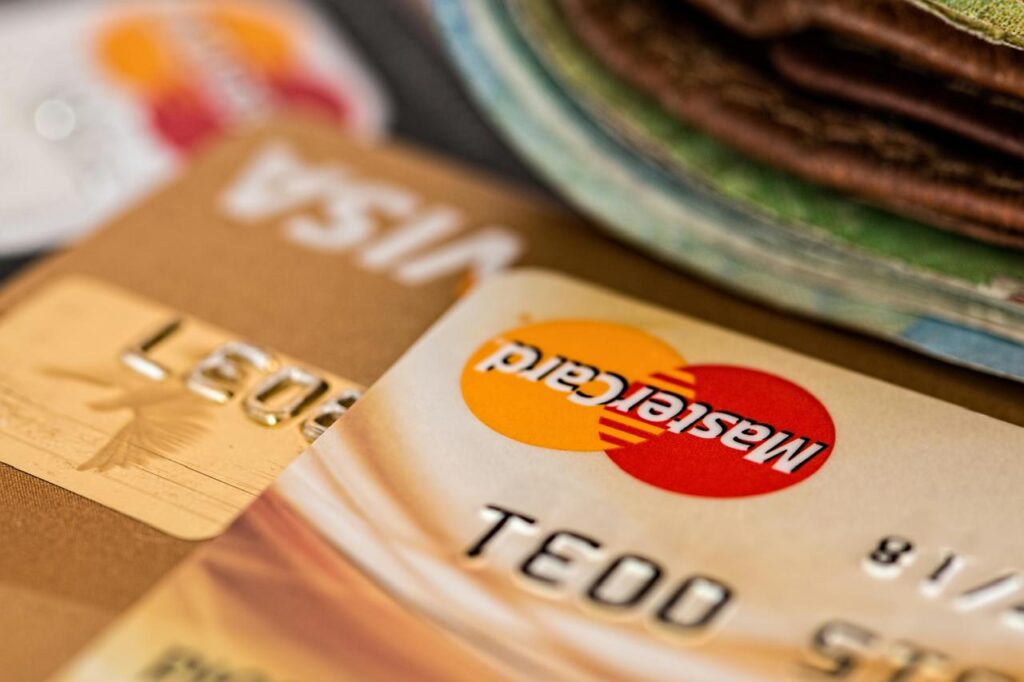Are you aware of the consequences of using your bank to make a payment? Although it may seem difficult, knowing how banks handle payments is a crucial component of managing money. From start to settlement, every stage makes sure your money travels securely and effectively. To ensure correct transaction handling, banks employ sophisticated technology and stringent regulations. Gaining knowledge of these procedures will help you feel more comfortable utilizing banking services.
Initiation:
The initial step in the payment process is called payment initiation. This is the point at which a client chooses to pay and provides the required information. These specifics may include the payment method, the recipient’s data, and the amount that needs to be paid. The initiation can take place via a variety of methods, including branch visits, smartphone apps, and internet banking. Because it initiates the payment process, this step is essential.
The bank checks the details after the payment request is submitted. To make sure there is enough money to meet the payment, this entails reviewing the account balance. To ensure accuracy, the bank verifies the recipient’s information as well. The bank may get in touch with the client for corrections if any problems are discovered.
Authorization
The bank must authorize the transaction following the initiation and verification of a payment request. The bank assesses the transaction against any applicable limits or restrictions, such as daily withdrawal caps. Banks employ techniques such as two-factor authentication, which requires a client to present two different pieces of identification before approving a transaction. Additional security measures could be keeping an eye out for transactions that vary from regular patterns or strange activities.
By taking these precautions, clients are shielded from fraud and can be confident that only authorized transactions are handled securely. The additional security measures and protocols ensure that your financial transactions are conducted securely, providing peace of mind for both you and the bank.
Clearing
The stage of clearing occurs when banks exchange information with one another to complete a transaction’s specifics. The initiating bank notifies the recipient’s bank of the payment details during this process. By doing this, it is ensured that the transaction’s details are accurate for both banks. While the recipient’s bank is ready to credit the funds to the recipient’s account, the starting bank takes the appropriate amount out of the sender’s account.
Central clearinghouses, which make it easier for money to move between banks, are frequently involved in the clearing process. These companies act as intermediaries, facilitating secure and efficient transfer procedures. One example of a technique that expedites and improves clearance is the FedNow Program. You may be wondering, what is the FedNow Program? Banks are able to provide their customers with real-time clearing and payment services thanks to this instant payment option. Enhancing the financial system’s reliability and speed of payment clearance is the aim of this program.
Settlement
The actual transfer of monies between banks takes place during the last stage of the payment process, known as settlement. The money is made available to the receiver once the settlement procedure completes the payment. Notifications verifying the payment are sent to both the sender and the recipient after the money is successfully transferred. The payment procedure is now complete, as indicated by this notification.
Because it guarantees that payments are completed accurately and quickly, the settlement procedure is essential. Efficient settlement guarantees that money is available when needed and contributes to preserving public confidence in the banking system. Understanding these steps enhances your confidence in banking transactions, ensuring your funds are handled with care and precision.
Conclusion:
Your money will be transferred securely and accurately at every level, from beginning to settlement. Gaining knowledge about these procedures gives you greater confidence when using banking services. Banks use a variety of security procedures to safeguard your money and data. Understanding these systems’ operation might also assist you in resolving any problems that may come up. You’ll be aware of the path your money follows the next time you make a payment. You can better manage your funds with this knowledge.


